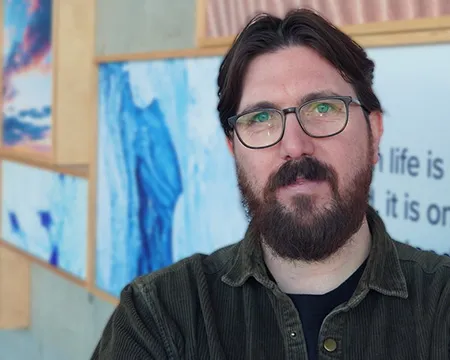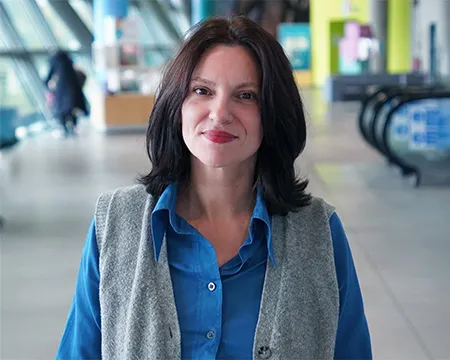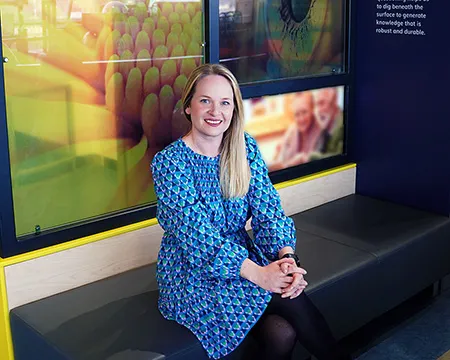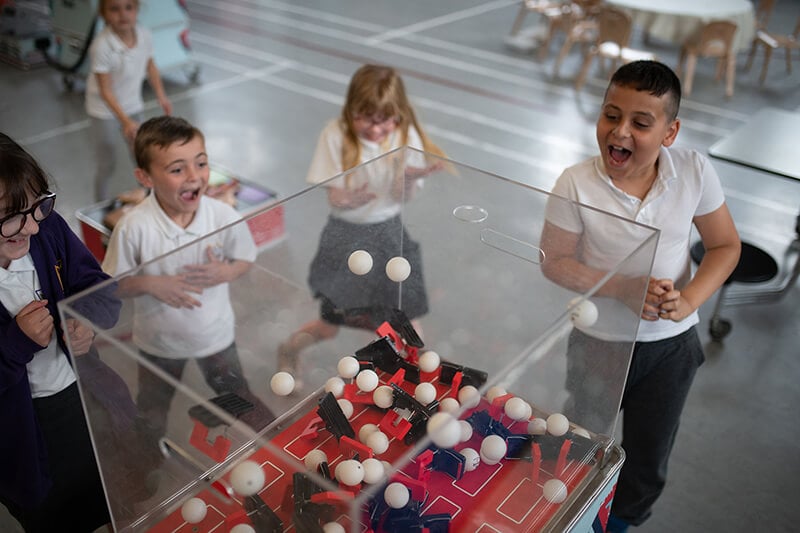How to nurture your inner scientist
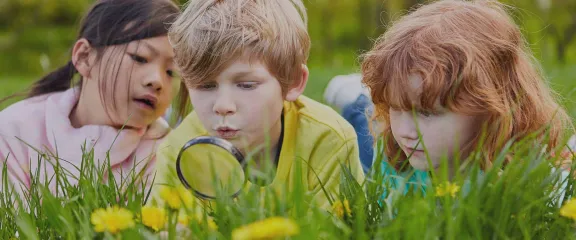
This summer is the perfect time to explore your inner scientist, writes Duncan Smith, Science Education Coordinator (Experience Development) at Glasgow Science Centre...
With coronavirus restrictions easing, there are greater opportunities for you and your family to engage with science. Glasgow Science Centre reopened on 25 June with a brand new gallery dedicated to developing your scientific skills. But you can also practise at home and outside. Here’s how.
Everyday science
Science plays a huge role in contemporary life; just think about the pandemic.
Most of us had not heard of an R number let alone kept tabs on one. And now we use phrases like ‘lateral flow’ and ‘PCR’ in everyday conversation.
The pandemic has opened a window into the world of science. But beyond the pandemic, there is so much more science to uncover.
Science can be as creative as art, as social as sport and as uplifting as music. Science can even empower us.
Science begins with wonder
When I was young, my dad showed me a trick. He took a plastic comb, run it through his hair a few times then held the comb next to water running from a tap.
What happened next blew my mind. Without touching the water, the comb caused the narrow stream of water to bend. It was like magic.
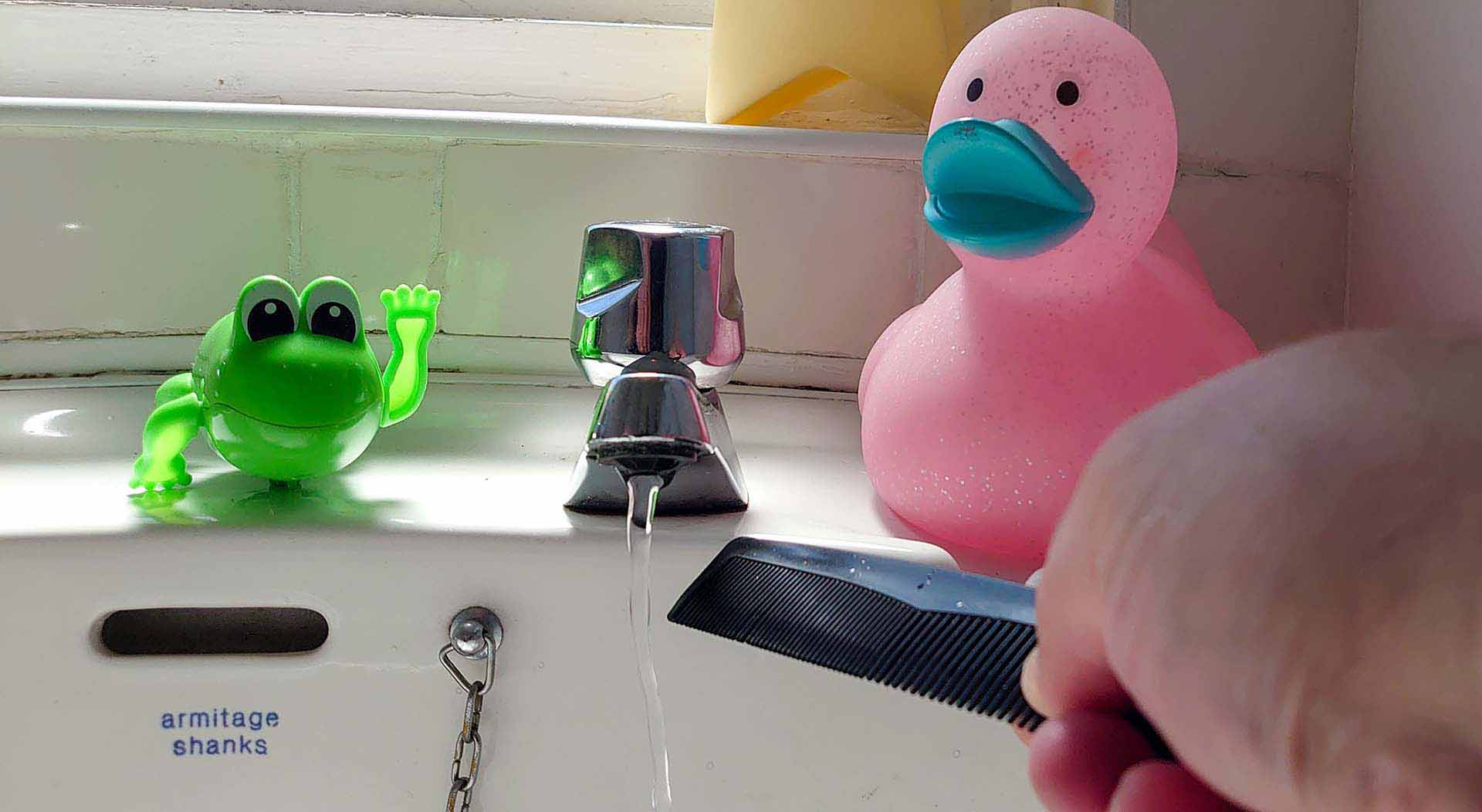
I didn’t understand static electricity at that age, but that moment of wonder has already stuck with me.
The most memorable science experiences are often when they are both practical and social.
Our natural curiosity
We are all born with a natural curiosity that drives us to learn about the world around us. Throughout our lives we feed our curiosity by doing certain actions.
We make observations with our senses, we categorise things around us, we look for relationships between things, we develop mental models of how things work, we look for reasons why things occur.
These universal behaviours, which also happen to be at the core of the scientific method, are what the new gallery at Glasgow Science Centre focuses on.
Our new Explore! gallery
One of the new experiences in the Explore! gallery is a thermal imaging camera. It is connected to a screen so it appears like a full-length mirror. The camera allows visitors to see the temperature of their bodies in a rainbow-coloured image.
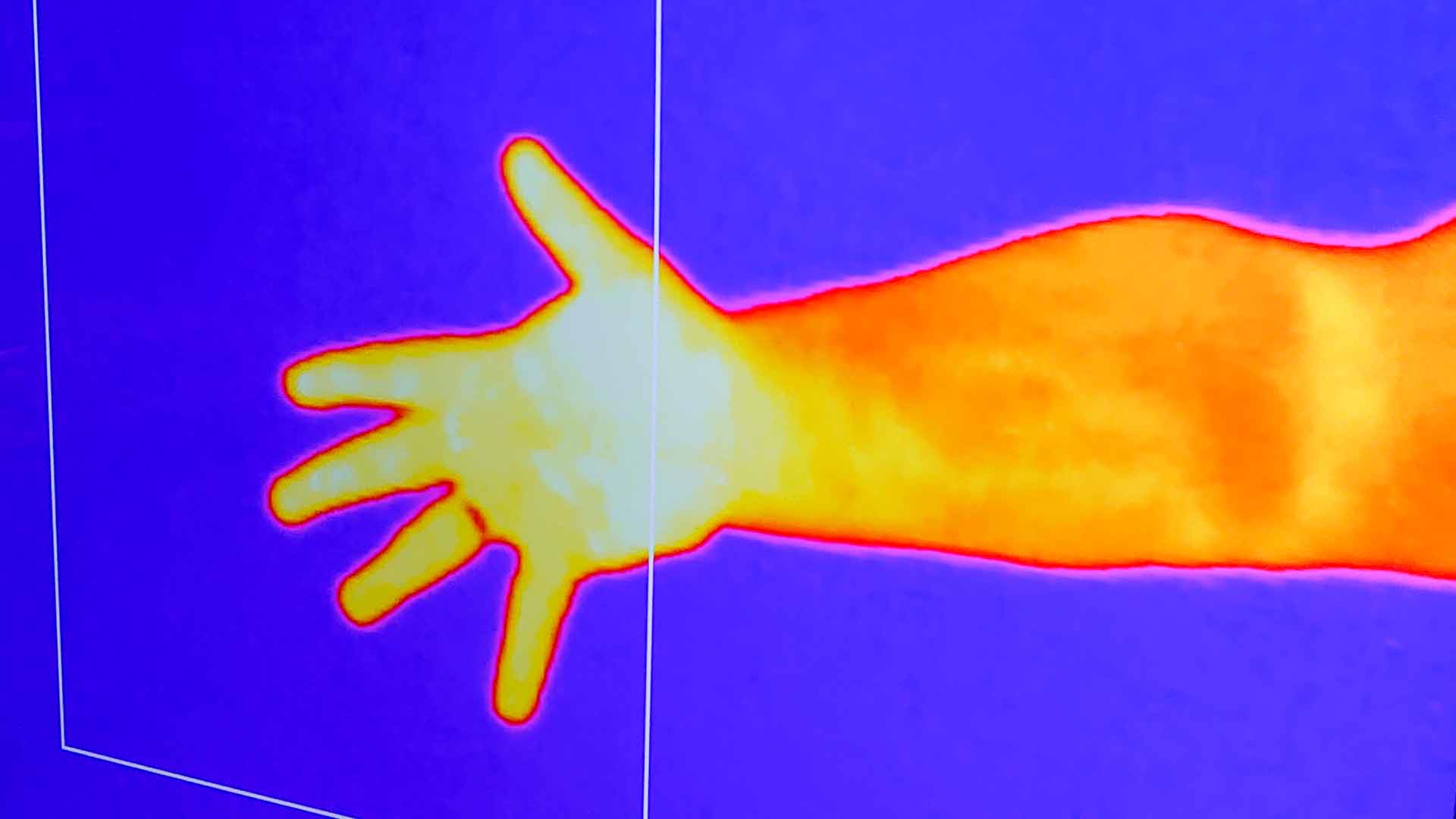
Visitors can give themselves temporary tattoos by holding a hot or cold object against their body and viewing the colour change on screen.
This activity is designed to develop a person’s scientific skill of observation. The heat tattoos are invisible to our eyes because we cannot see infrared light. However, the camera detects infrared light, which reveals the heat tattoo.
Cause and effect
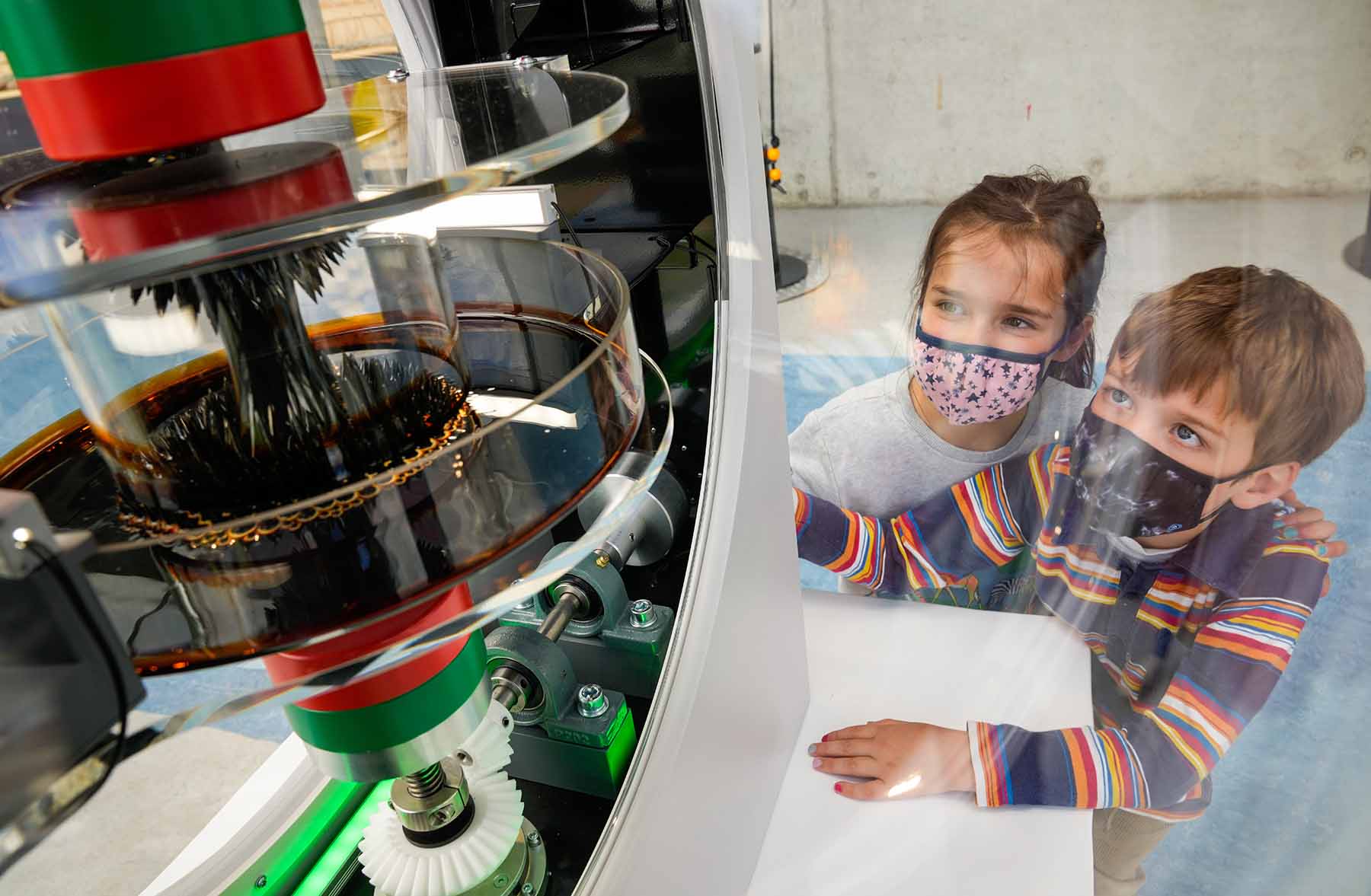
Another new experience in Explore! is a vessel containing ferrofluid, a magnetic liquid that forms spiky patterns when users raise and lower two magnets.
Ferrofluid was invented by NASA in the 1960s. NASA engineers were looking for a way to move rocket fuel in the absence of gravity and they invented a fluid that could be attracted by magnets.
In the gallery, the ferrofluid experience is an opportunity to develop an understanding of cause and effect, which is at the core of the scientific method. By controlling the magnetic fields surrounding the ferrofluid, users explore the relationship between magnetic attraction and the shapes created by the ferrofluid.
Making comparisons
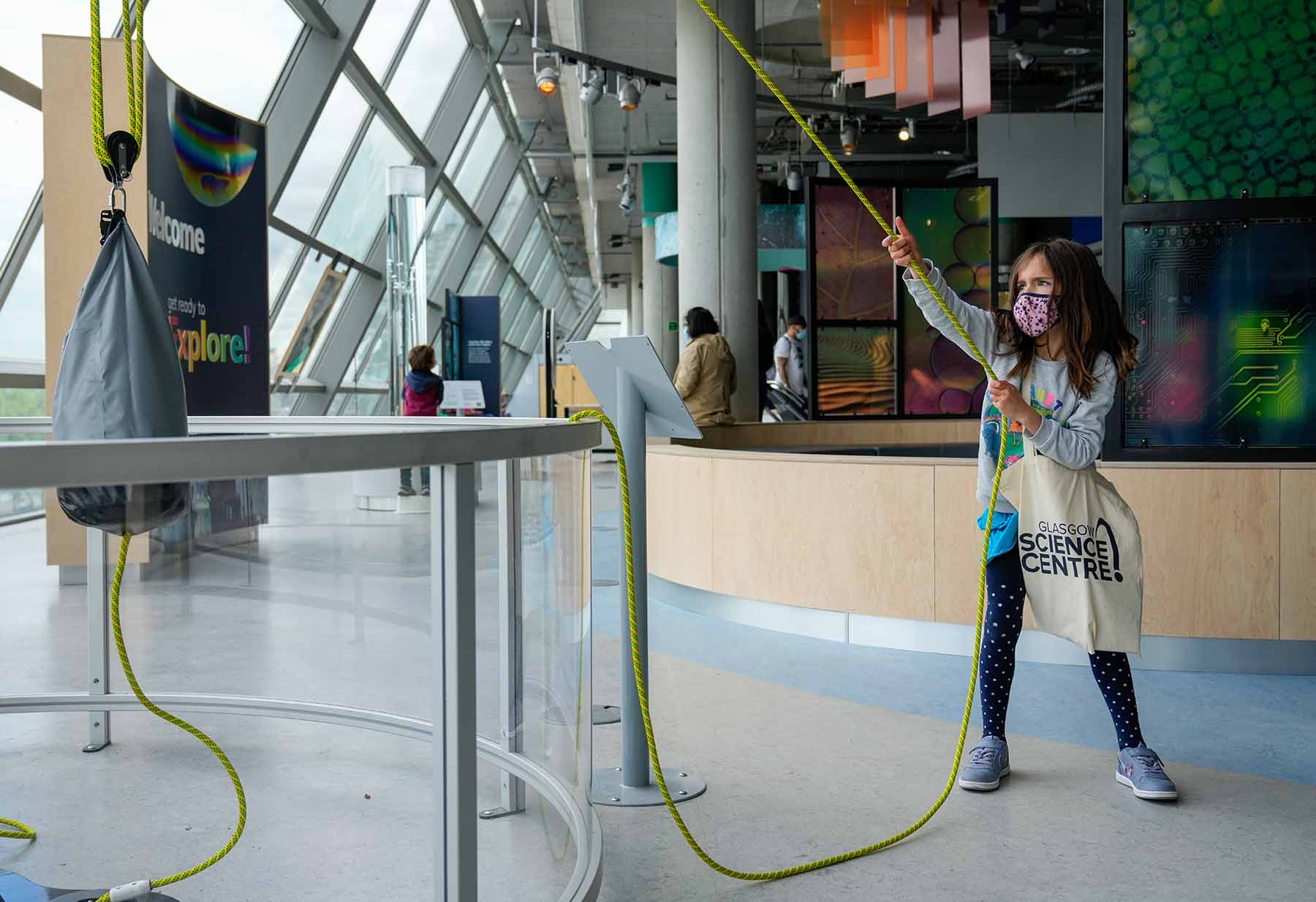
Pulleys have been making lifting easier for almost 4,000 years. Ever since Ancient Egypt, humans have used simple rope and wheel devices to give us a mechanical advantage.
In Explore!, users can lift three identical weights using different types of pulley. This allows users to compare the pulleys to understand why some weights are easier to lift than others. This act of sorting and categorisation is, again, at the heart of being a scientist.
Hands-on learning
All of the experiences in the new gallery at Glasgow Science Centre are designed to be interactive and social, just like the comb trick my dad showed me.
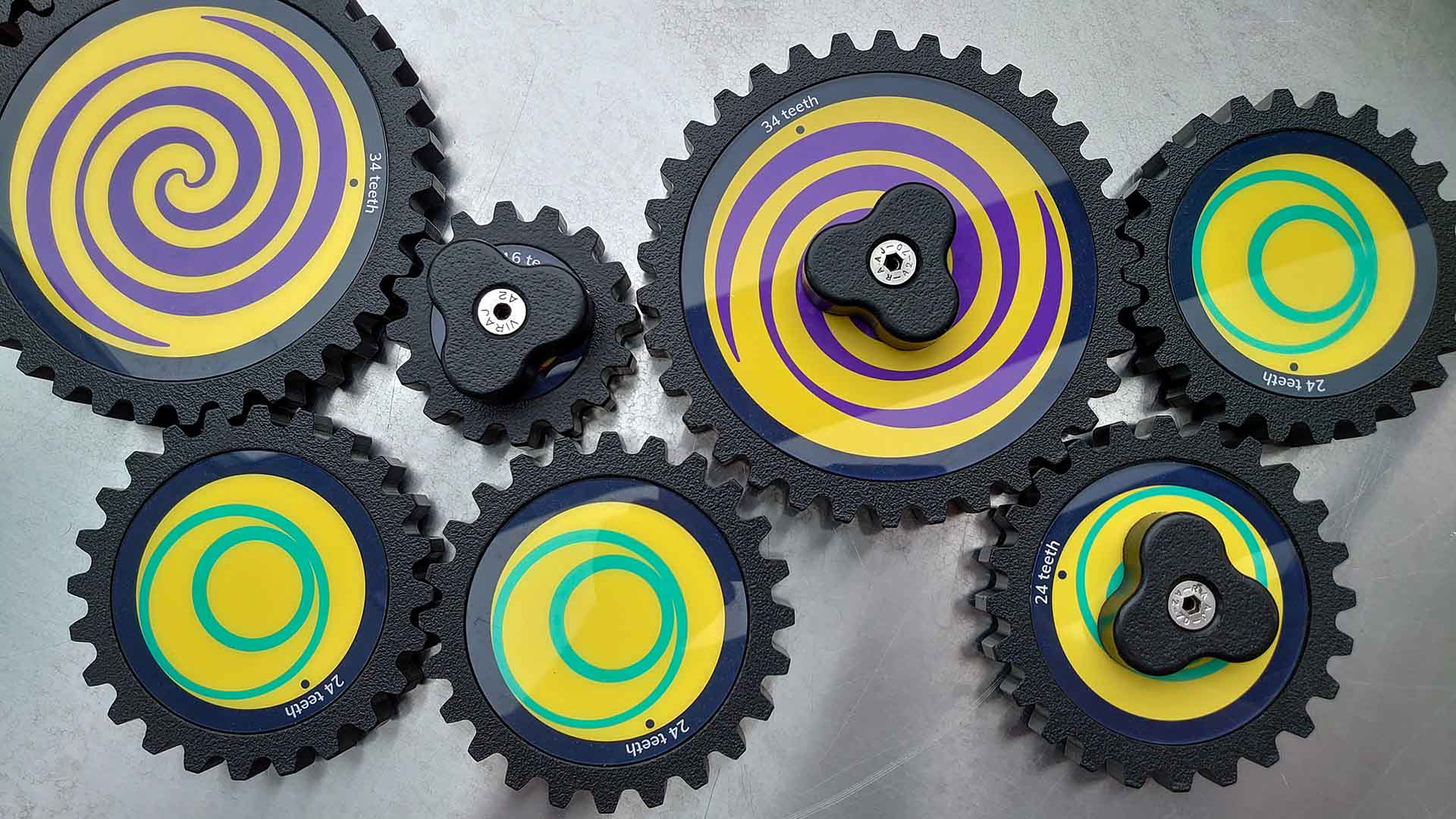
This approach puts the visitor at the heart of the experience.
So rather than being taught about Isaac Newton and his Laws of Motion, visitors take on the role of the scientist to make those discoveries for themselves.
Visitors are active players and develop their own set of scientific skills, whether they are six or seventy-six years old.
You don’t need fancy equipment
Of course, you can develop your scientific skills from anywhere.
You can investigate the science of flight with just a strip of thin paper, around the size of a till receipt.
Hold the paper at the narrow edge so that the paper flops down in a gentle curve. Blow across the top surface of the paper and the paper will rise.
This is the Coanda Effect, and it is the same principle that aeroplane wings use to generate lift.
Inspect an aeroplane wing and you will see the top surface is curved, just like the floppy strip of the paper. When air moves across the wing, it experiences lift and carries the plane through the sky.
So, as you venture out this summer, remember that there are opportunities to explore science everywhere.
This blog post is adapted from our post which first appeared in Glasgow Times on 26 June 2021.
A Spark of Science - Explore!
Listen to Science Communicator, Jennifer Banks on our Soundcloud and hear what fascinates and inspires her about some of the exhibits that feature in the Explore! gallery.
Hidden gems in Explore! - summer sand
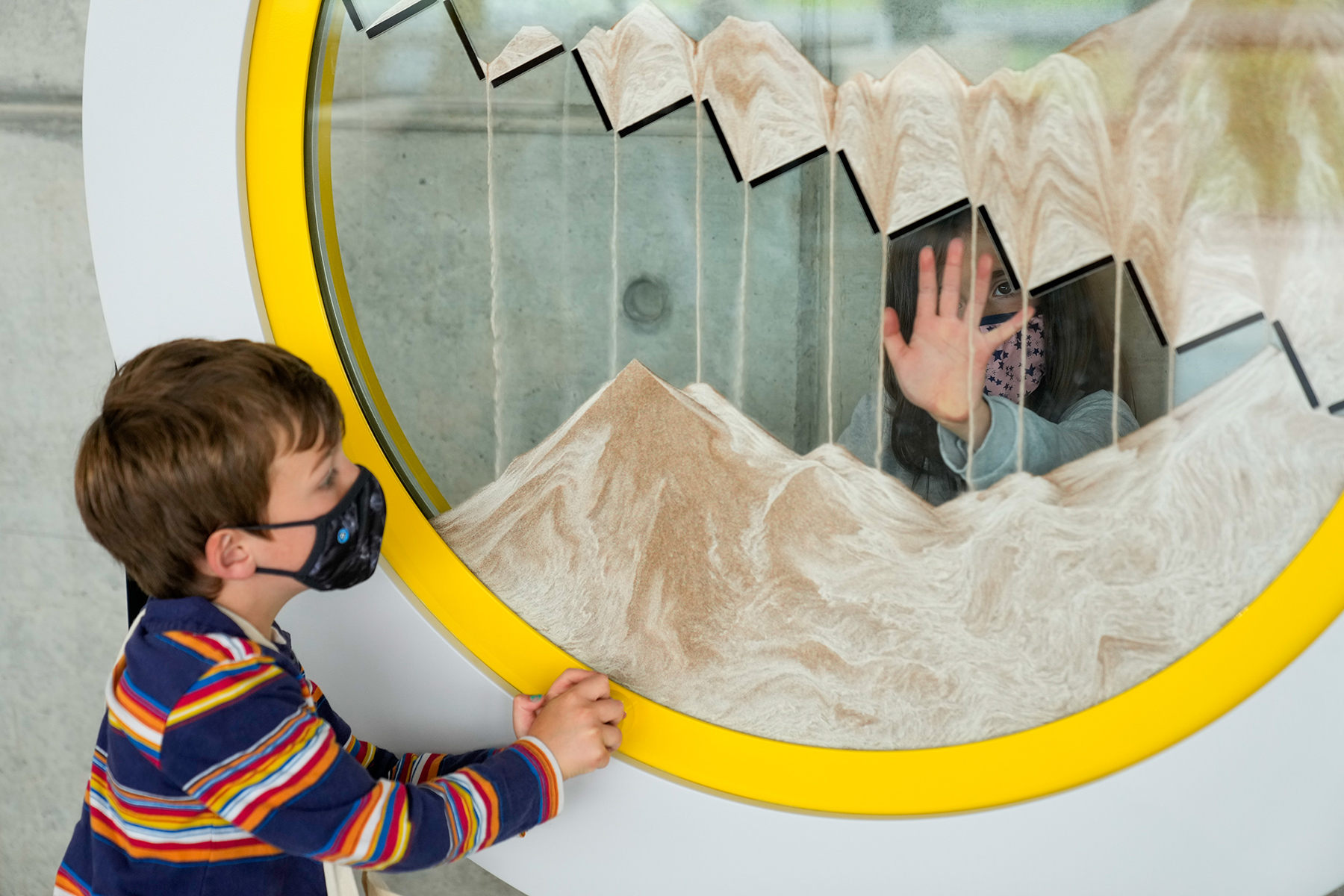
We dream of relaxing on a sunny beach but did you know you can explore the science of sand in our new gallery, Explore! First up you can create sand dunes by controlling the wind in our Aeolian Landscapes exhibit. You can dive deeper into how sand forms piles with the Steepest Slope disc.
Sand forms mesmerising patterns in the Avalanche and Turbulence exhibits. In Avalanche, the mixture of sands separates into layers. In Turbulence, sand falls through water to create swirling patterns known as eddies.
Finally, you can make geometrical sand patterns at the Chaldni Plates. Make the plate ‘sing’ and the sand will vibrate into an unexpected pattern.
So, visit the Explore! gallery and discover the science of sand.
Feed your curiosity
Located on the first floor of Glasgow Science Centre, the Explore! gallery is filled with over 50 interactive experiences – all included with your Science Mall ticket.

